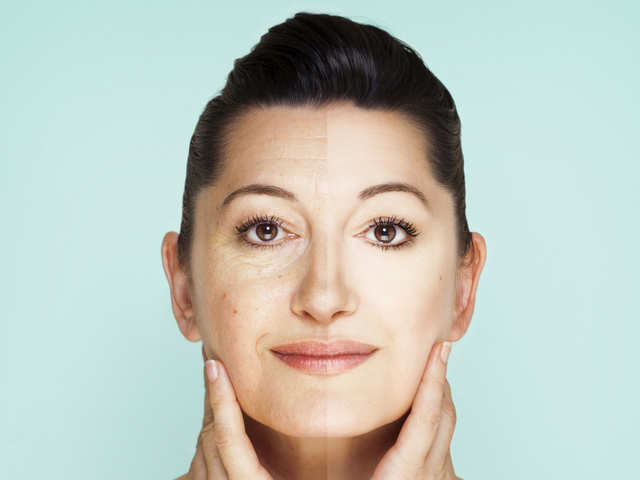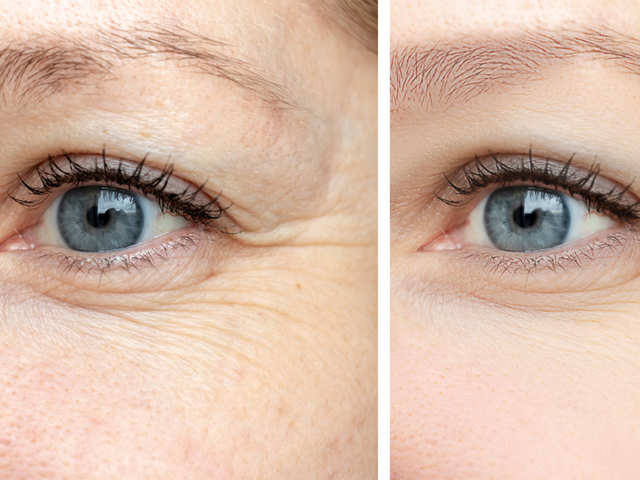Related posts:
Amazon asks social media companies to help it root out fake reviews
Steam Cleaning for Engine, is it Safe for Vehicles?
Google Search Will Soon Offer Blurred Explicit Images By Default
iPhone 150! Experts predict what smartphones will look like in the future - from...
GSLV-F12 successfully places 2G navigation satellite into intended orbit: ISRO
Lenovo Partners With YUVA Unstoppable To Empower Girl Schools in Gujarat
Nasa Mars rover: Confidence high as mission heads for tricky landing
Agnikul puts off for third time launch of Agnibaan sub-orbital rocket
SEC Chairman Gary Gensler says 'the law is clear' for crypto exchanges
IIT Guwahati researchers design engineered surfaces to detect, prevent coronavirus





